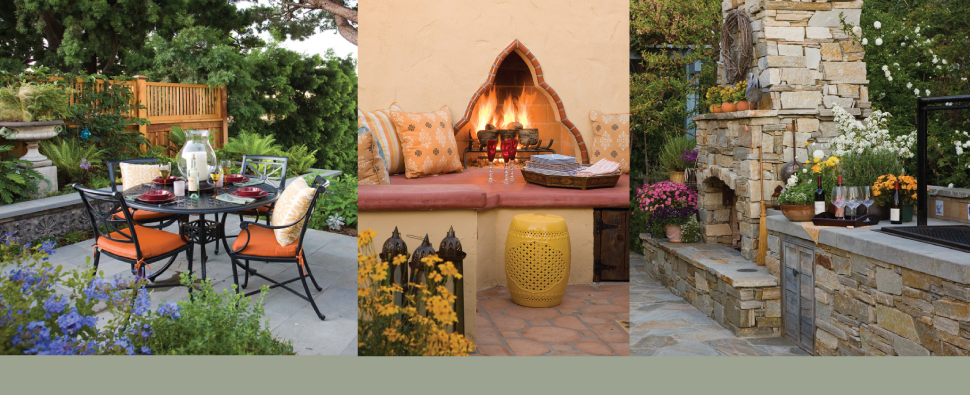We liked this article from Earth Easy so much, we wanted to publish it in its entirety:
What to replace the lawn with
A good place to start is with foundation plantings. They can be expanded in width and include ground covers, xeriscape plantings, perennial flower beds, and tiered shrub plantings. Soil depth of 12 – 18″ is best for larger shrub plantings.
ground covers
These are plants which spread across the ground but do not grow tall, so no cutting is required. Areas planted in groundcover need little to no maintenance. Ground covers are usually chosen for texture, density and how well they spread and choke out the weeds. They enhance the soil by acting as a mulch, and some groundcovers are nitrogen-fixing.
– many varieties are available, including flowering groundcovers which offer color and add emphasis to the seasons.
– although groundcovers are usually perennials and evergreens, annuals make excellent groundcovers as well, but do require more work each spring.
– during the first year, new plantings of groundcover will require weeding and mulching, but once established, little care is needed.
– groundcovers usually need an edge barrier to contain them.
– not as durable as grass for high traffic areas.
– your garden center can recommend local groundcover varieties and their characteristics.
– visit Eartheasy’s page for more information about the use of ground covers.
deciduous shrubs
The most common method for reducing lawn size is to replace the turf with beds of perennial shrubs, often bordered with flowers. Shrubs can be expensive, but using local varieties can be very inexpensive (or free), and local species will be easiest to grow and encounter fewer disease problems. Local species also provide food, in many cases, for local wildlife species. Deciduous shrubs:
– give seasonal color and texture to the landscape.
– have few serious insect or disease problems.
– tolerate difficult growing conditions better than most ornamentals.
– many grow rapidly and may require some yearly pruning. Pruning is done just after the shrub flowers, regardless of the time of year.
– tiered plantings may allow passive cooling in summer while letting in light in winter.
– visit Eartheasy’s page for more information about planting with shrubs.
xeriscape
The term ‘xeriscape’ refers to drought-tolerant landscaping. Originally developed for areas with severe water restrictions, this method of landscaping is becoming widely popular because water conservation has become more of an issue for homeowners in many parts of the country. Xeriscapes do not have a single look – almost any landscaping style can be achieved. Visit Eartheasy’s page on Xeriscaping to learn more about how this method can benefit your landscape.
mulch
Permanent mulches, such as bark chips and gravel, can be used to replace lawn under trees and areas not to be planted in shrubs. (Mulches which biodegrade quickly, such as leaves, sawdust, seaweed, grass clippings are not suited for this purpose.) Mulches such as bark chips and gravel:
– require landscaping cloth to be placed on the bare soil; the mulch is then added on top.
– may require some weeding. Weeds can sprout from small pockets of soil which accumulate on the mulch. If the weed root goes through the groundcloth, be sure to water the weed before pulling. This makes it easier to pull and reduces the damage to the groundcloth. Some people use hot water to killl weeds which poke through gravel mulch, however this should not be done if tree roots are directly below the groundcloth.
* photo is of the Freymiller garden in Rancho Santa Fe (It was not designed by Sage Outdoor Designs but we highly encourage this method of drought tolerant design)
Wiseman, the Principal, has been a San Diego landscape designer
for the past ten years. Find out more at www.sageoutdoordesigns.com







